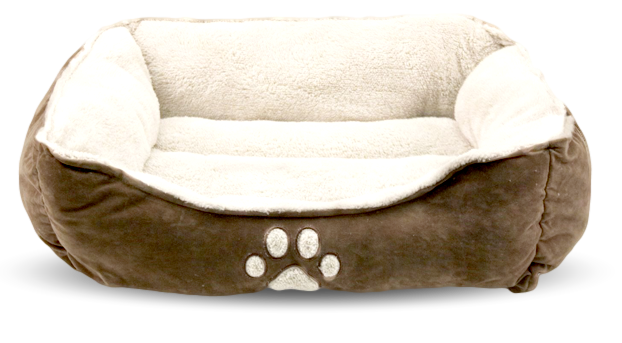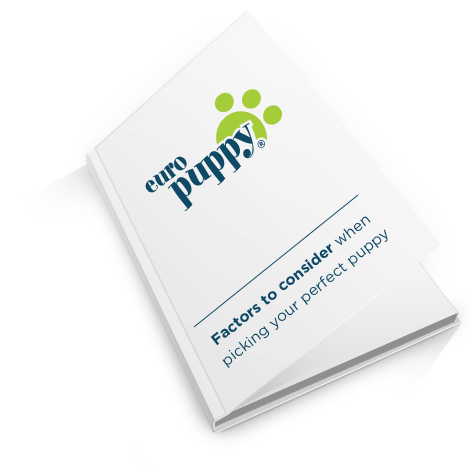
All colors and markings are permissible.

The Pekingese suggests its Chinese origin in its directness, independence, individuality and expression. It has an extravagant, long, straight-flowing coat that has profuse feathering and comes in all colors.

This breed makes a devoted companion, it adapts to its environment and surroundings. Even though this dog has a mind of its own and likes to get its own way, it has an independent spirit, which is its most endearing characteristic. This little dog needs a firm hand. It is very suspicious of strangers even though it is an affectionate, noble dog.

The Pekingese is very brave and courageous to the point of foolhardiness. It is self-willed and stubborn. It may be difficult to housebreak. This breed is sensitive, independent and extremely affectionate with its master, but is very suspicious of strangers.
It makes a very good watchdog; it tends to bark a lot. This little dog is loving to the point of jealousy. It is not recommended for young children who are too rough.

The Pekingese will quickly become overweight if overfed. The Pekingese is disinclined to take walks and although it doesn’t need much exercise, it will stay in better health if given regular sessions of play activity.
It is important to get your puppy accustomed to the leash. It is advisable to use a harness (instead of a collar) and a retractable leash. You cannot be overly bossy with Pekingese, but it does need basic training to be a well-adjusted companion. Praise your dog when it does something right, but do not punish harshly when it does something wrong.

All colors and markings are permissible.

Long, straight, double-coated with a coarse top coat, thick undercoat and profuse mane and feathered tail. Daily combing and brushing is essential. Dry shampoo regularly. Clean the face and eyes daily and check the hairy feet for burrs and objects that stick there. Take extra care around the hindquarters, which can become solid and matted. Females shed the undercoat when in season. This dog is an average shedder.

The Pekingese tends to catch colds very easily. It is prone to herniated disks, dislocated kneecaps so be careful when exercising. Trichaiasis (lashes growing inwards toward the eyeballs) can be a rare issue. Breathing problems and heart problems are also fairly common and any symptoms should lead to an immediate vet visit. To minimize the risk of your Pekingese developing any hereditary health issues, you should buy a puppy from a reputable breeder.
Although the Pekingese may be recommended for apartment living, future owners must be aware of its low heat tolerance. It may not survive in warmer regions, and must be kept indoors with air conditioning during warm spells. It’s best to have it sleeping indoors.

Be ahead of the Crowd when a new Pekingese is available
by signing up to our Puppy Alert.
